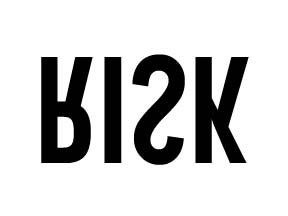MORTGAGE MADNESS: The Inversion of Risk and Reward

Published On: May 3, 2023 Posted by: Jeremy Peterson
Headlines have been made recently regarding changes in mortgage interest rate pricing implemented by the Federal Housing Finance Administration. It was proposed, and is now implemented, that interest rate pricing changes be made to accommodate first time home buyers and those who have less access to loans and capital to purchase a home.
While this policy on its face sounds like a kind and generous effort to improve the standards of living of many disadvantaged people, the means by which the policy works to accomplish this are less benevolent. At the heart of the policy is a distortion of the natural laws of economics. The effort effectively penalizes individuals with clean credit records and large down payments. Inversely, it incentivizes individuals with poor payment records and little or no down payments.
Creditworthiness is the bedrock upon which lending risks are calculated. These calculations are made to determine the likelihood of a mortgage debt being paid back or not. Traditionally, the less likely a mortgage is to be paid back, the higher an interest rate will be on that loan to offset the risk of the borrower defaulting. And thus, historically, borrowers with low risk have enjoyed lower interest rates.
That all changed this week with the FHFA’s new rules. Here is what the new risk pricing looks like:

Here you can see that borrowers with credit scores less than 640 enjoy a 1.75% discount off their mortgage rate as long as they have a down payment less than 5%. These borrowers would be the highest risk loans being issued and they would receive the greatest incentive. Borrowers with 740 credit scores and 20% down payments, very low risk borrowers, would be penalized 0.75% on their loans.
So what will the fruit of this new mortgage policy be? You can expect steepened competition among all first time buyers in the limited starter home sector. This competition will increase prices of already scarce starter home properties thus worsening our current affordability crisis. Secondly, the high risk borrowers aren’t going to become less risky just because a spreadsheet provides an interest rate perk. As high risk borrowers enter home ownership, there is a risk that their home ownership is revoked if mortgage payments go unpaid.
Banks who carry loans from these higher risk borrowers may see their book impaired by distressed loans and/or REO coming on their ledger during a recession. It may take a while for these loans to build up to a critical mass to put banks at risk. But, the policy here may set up the next “Subprime Crisis” of the future. Time will tell. In the meantime, we all get to navigate this new risk model of magical mortgage thinking.



